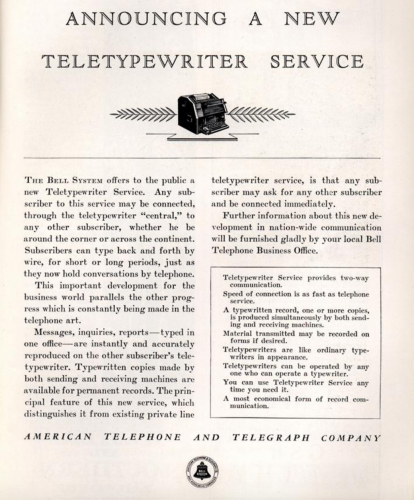As if it wasn’t enough for the joyless, bitter scolds among the wokerati to have an absolute tizzy over the head of Goya Foods being civil and respectful of the office of the President of the US, another provider of excellent and relatively inexpensive foodstuffs is in their cross-hairs. Unlike the president of Goya Foods who basically told them to pound sand and is now enjoying the economic benefits of having defied the wokerati the management of Trader Joe’s is beating a sniveling and apologetic retreat, and promising to redo their policy of labeling their various ethnic food items with a suitably ethnic variation on ‘Trader Something-or-Other’. This was a bit of light-hearted bit of humor on their part, playing with naming stereotypes, but good lord, the grim and determined wokerati cannot abide any humor at all and so the whole concept must go. The Daughter Unit tells me, and the above link conforms, that the whole thing started as a petition by high school students, which doesn’t surprise me in the least. I suspect the responsible students are the earnest and censorious sorts, desperately trying to out-woke each other.
Frankly, the whole ‘Trader Joe’s’ South Sea Island Tropical Paradise motif always struck me as a last gasp of the 1950s ‘Tiki Culture’ and about the only one which didn’t involve a bar decorated with fishing nets and dried starfish, and fru-fru drinks with little umbrellas in them. Trader Joe’s various products are high quality, reasonably priced, and the social-consciousness is laid on with a light hand, in pleasant contrast with the mountain of ostentatious correctitude and high prices offered at Whole Foods. There is a reason the latter is derisively known as “Whole Paycheck.” I can only think it’s only a matter of time before the social justice warriors go after Trader Joe’s for that bit of cultural appropriation as well.
At least the providers of groceries are not having as rotten a year due to the Chinese Commie Crud as Hollywood is. Theaters shut down, premieres cancelled, top-flight releases like Greyhound, with Tom Hanks and based on C.S. Foresters’ war novel The Good Shepherd diverted to release on streaming video, the fall-out from “Me Too” and Harvey Weinstein’s wholesale-level practice of the casting couch, the apparent urge among our producers of entertainment to whore after foreign audiences, and now looking to curry favor with the hot new trend of ‘anyone but white heterosexuals in front of the camera and behind it as well as behind it in any capacity’ … well, Establishment Hollywood has earned the foul reputation they richly deserve. Those of us in flyover country are watching old movies on DVD (from our own libraries, let it be known) or on streaming video, watching foreign films or series practically anything other than grim parables and lectures by the wokerati.
Comment as you wish: what are you going to watch, now? The Daughter Unit and I are watching episodes of Are You Being Served? Which has the side benefit of being gloriously politically incorrect, and not featuring any masks or six-foot apart social distancing. (The Daughter Unit and I temped for a few months at an upscale department store over the holiday season some years ago. We consider ‘Served’ as nearly a documentary on retail sales at a certain level.)
